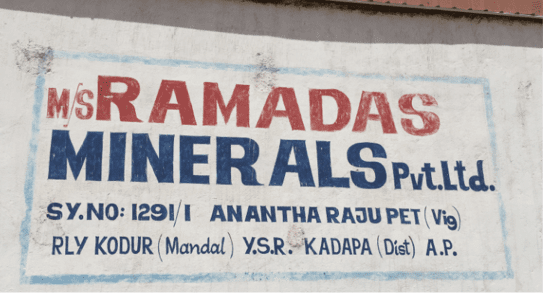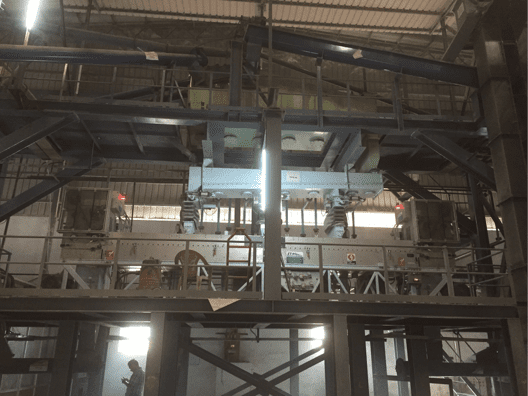Select Language:
Barite dia ny kilonga, mitranga ho azy, mifototra amin' ny barium mineral. Barium, atomic isa 56, dia ny anarany avy amin' ny teny Grika ary midika hoe mavesatra. Barite dia fantatra ihany koa baryte. Ireo firenena ao amin' ny kilonga izay harotsaka hitadiavam-barite no hita dia i Etazonia, Shina, Inde sy Maroc. Barite ny density avo sy inertness simika manao ny mineral tsara indrindra ho an' ny fampiharana maro.
Ny raikipohy simika ho an' ny barite dia BaSO4. Izany dia iray avo manokana hery fisintonan' ny tany ny 4.50 n/cm3. Dia ny hamafin' ny Mohs 3.0 ny 3.5. Barite, izay mety ho hita amin' ny karazana miloko anisan' izany mavo, volontany, fotsy, manga, volombatolalaka, na dia colorless, araka ny mahazatra dia ny vitreous ny famirapiratany perla.
Mety ho hita miaraka harotsaka misy mineraly ireny akory sy nonmetallic amin' ny barite. Mba ho afaka ara-toekarena ny fanongotana ny fototra., barite matetika mila ny fitaovana iraisana malaza ao amin' ny ny vola arotsaka any. Ny karazana harotsaka izay mahazatra hita izany dia ahitana ny hifanompo araka izany fomba, residual, ary bedded. Dia harotsaka hifanompo araka izany fomba sy residual ny fiaviantsika hydrothermal, raha toa ka sedimentary harotsaka bedded.
Hita ao amin' i Georgia lehibe harotsaka any Etazonia, Missouri, Nevada sy Tennessee. Tany Kanada, ny mineral dia mined ao amin' ny Faritry ny Yukon, Nova Scotia sy Newfoundland. Tao Mexique, efa nahita tany Hermosillo harotsaka barite, Pueblo, Monterrey sy Durango.


The overwhelming majority of the barite that is mined is used by the petroleum industry as a weighting material in the formulation of drilling mud. Barite increases the hydrostatic pressure of the drilling mud allowing it to compensate for high-pressure zones experienced during drilling. The softness of the mineral also prevents it from damaging drilling tools during drilling and enables it to serve as a lubricant. The American Petroleum Institute (API) has established specifications for the use of barite in drilling mud.

Dry Barite Beneficiation
STET has both pilot scale and commercial experience processing barite to remove gangue such as silicates, iron, and alumina. Low-grade barite beneficiation with a specific gravity between 3.5 - 4.0 has been successfully upgraded using the STET process to product API-grade barite.
STET can demonstrate that the dry electrostatic separation process offers many advantages over traditional wet processing methods (flotation) ao anatin'izany:
Disrupting a new industry is always a challenge. ST Fitaovana & Technology and Ramadas Minerals Pvt. Ltd. in India understand this challenge well. Ramadas Minerals contacted STET to perform testing of a low grade barite / quartz sample produced at the APMDC barite mine in Andhra Pradesh, India. The material was a low grade tailings product from the mining process. It contained too much silica to be sellable as a high SG barite product, and was being produced in large volumes. What was needed was a process to transform the mining waste to usable product. Wet processing (flotation) was one alternative technology being considered.
Testing at the STET pilot facility demonstrated excellent separation results for the barite powder. The STET separator was able to achieve the goal of +4.20 SG barite through a single separation step.
The STET separator was fit into the existing building, which was originally designed to house a flotation facility. The STET separator installation resulted in significant savings of space, in relation to the previously designed flotation facility. Ankoatry ny, a substantial reduction in capital and operating cost was realized.
Contact STET to learn more about dry processing of barite.